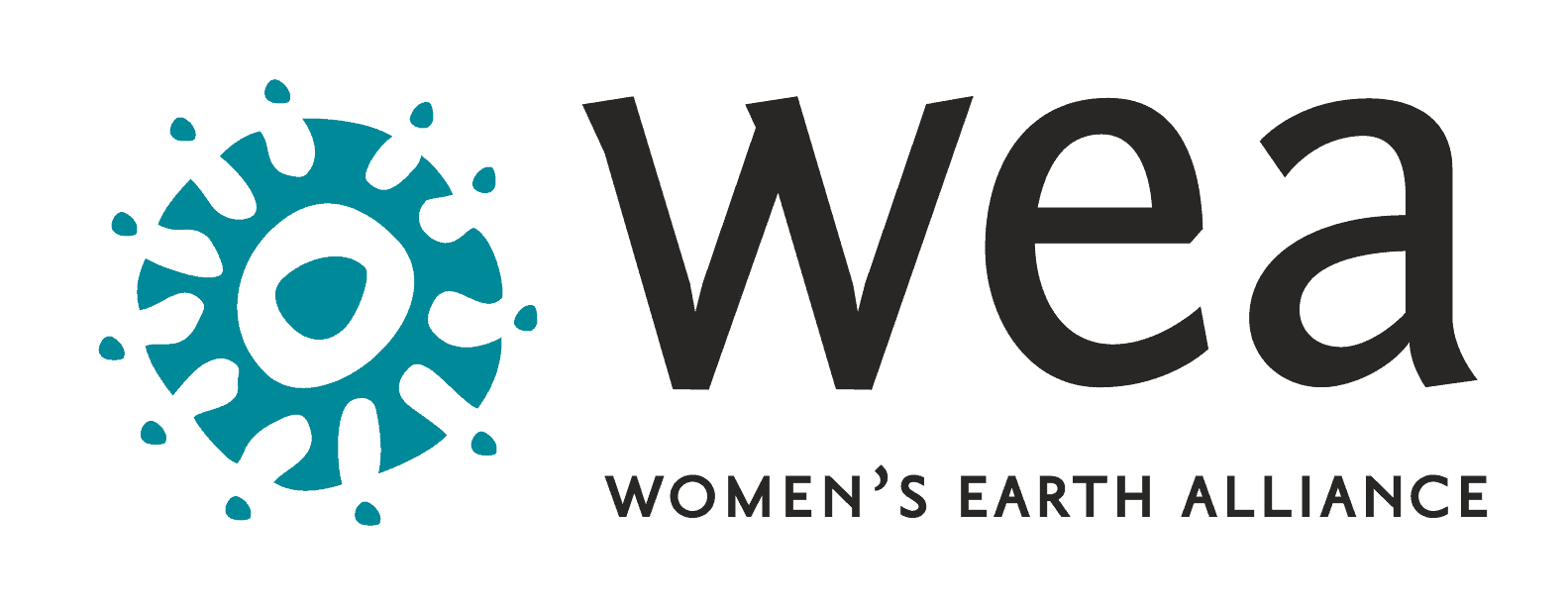Lack of access to water and toilets has untold effects

According to UNICEF, about 157 million people in the Eastern and Southern Africa region (ESAR) do not have access to a clean and safe water distribution system, and therefore rely on external water sources. This is compounded by an additional lack of reliable and improved sanitation.
Additionally, as WEA has seen in our own work in communities in Sub-Saharan Africa, the burden of fetching water, no matter how far away it might be, falls disproportionately on women and girls, thus limiting the time they can spend of self-sustaining tasks, school and, eventually, work. Furthermore, once a girl reaches puberty, and without private, separate and safe sanitation resources, they often miss school when menstruating, ultimately resulting in a significant portion of school days missed.
While women often have the primary responsibility for the management of household water supply, they are rarely consulted or involved in the planning and management of this vital resource. In sub-Saharan Africa, women produce up to 80 percent of basic foodstuffs, yet they have the least access to the means of production.
[However] A World Bank evaluation of 122 water projects found that the effectiveness of a project was six to seven times higher where women were involved than where they were not.
Read more over at UNICEF.
